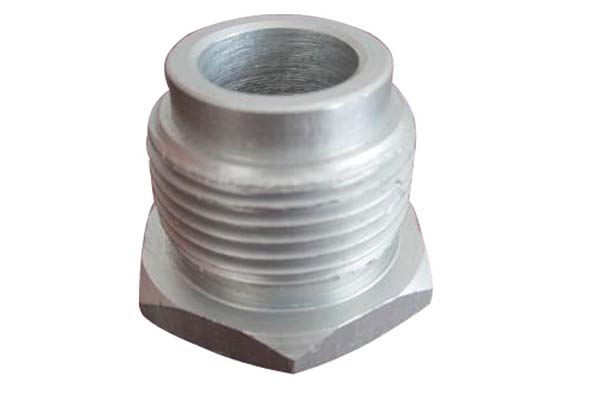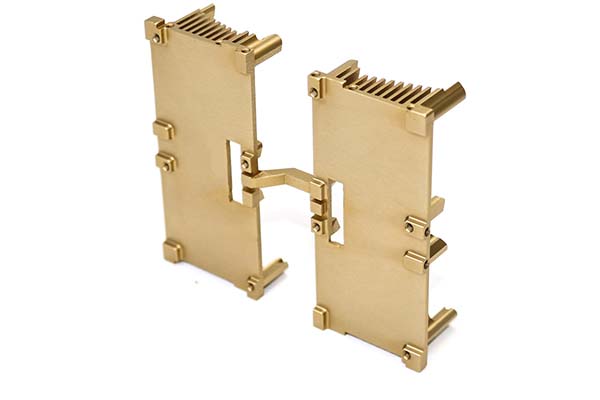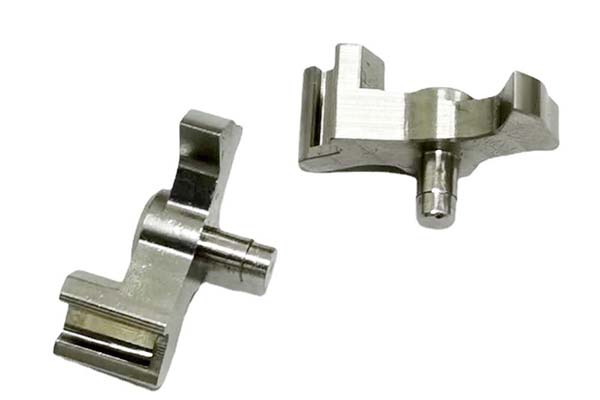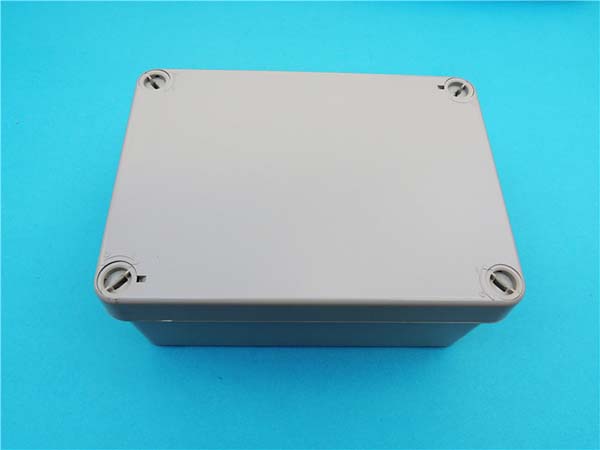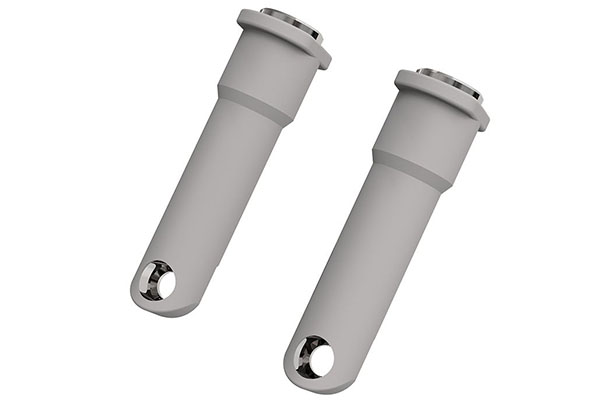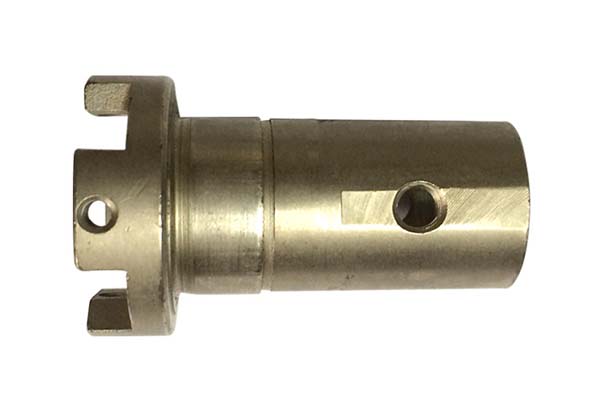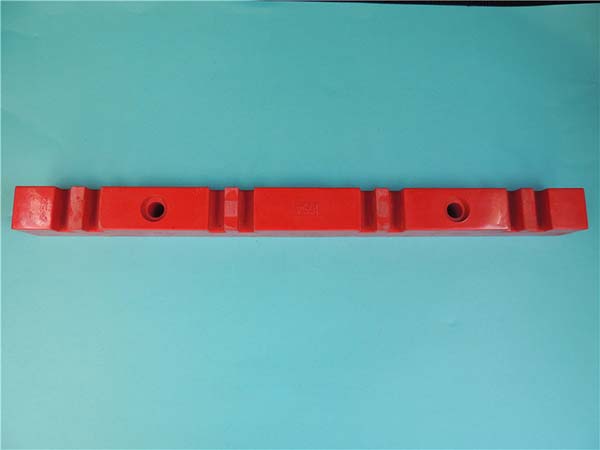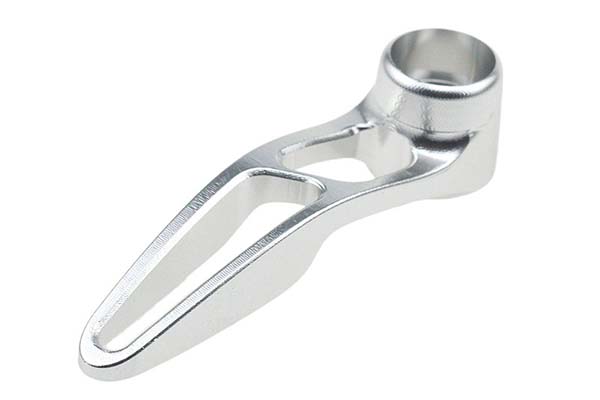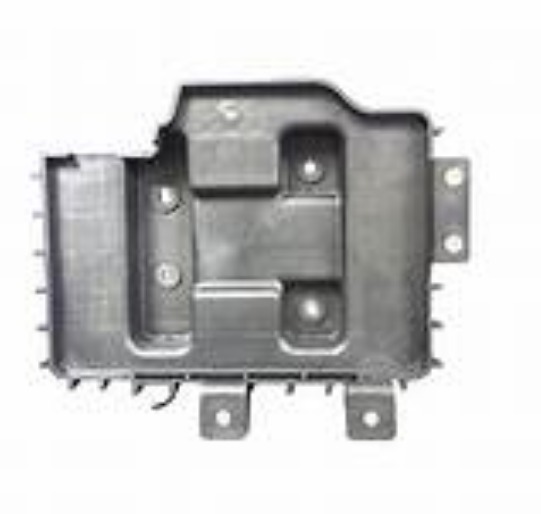Manufacturers tackling AL7075 aluminum alloy in its T6 temper know the struggle: its exceptional strength comes with machining headaches. From rapid tool wear to challenges in achieving tight machining tolerances, this alloy tests even seasoned engineers. Add in the need to maintain surface integrity for critical applications, and it’s clear why many find AL7075 T6 intimidating. This guide cuts through the complexity, breaking down its properties, machining best practices, and quality standards to help you turn this high-performance material into flawless components.
Material and Alloy Characteristics: The Strength Behind AL7075 T6
AL7075 aluminum alloy is the gold standard for high-strength applications, and its alloy composition tells the story: 5.1–6.1% zinc, 2.1–2.9% magnesium, 1.2–2.0% copper, and trace amounts of chromium. This blend delivers standout mechanical properties:
- Tensile strength: 572 MPa, one of the highest among aluminum alloys, making it ideal for load-bearing parts.
- Yield strength: 503 MPa, ensuring parts resist deformation under heavy stress.
- Hardness: 150 HB, which is significantly harder than 6061 (95 HB) but slightly softer than titanium alloys.
- Density: 2.81 g/cm³, offering a 30% weight savings over steel while maintaining comparable strength.
- Fatigue resistance: Excellent for parts subject to repeated stress, such as aircraft components.
- Corrosion resistance: Naturally lower than 6061, but improved with treatments like anodizing or chromate conversion.
- Thermal conductivity: 130 W/m·K, suitable for heat-dissipating parts in consumer electronics.
A side-by-side comparison with AL7050 T7451 (a close rival) highlights key differences:
| Property | AL7075 T6 | AL7050 T7451 |
| Tensile Strength | 572 MPa | 530 MPa |
| Yield Strength | 503 MPa | 475 MPa |
| Hardness | 150 HB | 140 HB |
| Corrosion Resistance | Fair (with treatment) | Good (with treatment) |
| Fatigue Resistance | Excellent | Very Good |
Heat Treatment and T6 Condition: How AL7075 Gains Its Strength
The T6 temper is what transforms AL7075 from a malleable alloy to a powerhouse. The heat treatment process is precise and sequential:
- Solution heat treatment: Heating to 460–475°C to dissolve alloying elements into a uniform solid solution.
- Quenching: Immersing in cold water (20–30°C) to trap elements in a supersaturated state, locking in potential strength.
- Artificial aging: Baking at 120°C for 24 hours to trigger the formation of fine intermetallic particles, which strengthen the material without excessive brittleness.
These steps drive microstructural changes—specifically, the formation of MgZn₂ precipitates—that reinforce the aluminum matrix. Unlike post-machining heat treatment (which can warp finished parts), the T6 process is completed before machining, ensuring dimensional accuracy. The result is an alloy that balances strength and machinability better than many high-strength alternatives.
CNC Machining Processes: Mastering AL7075 T6’s Challenges
CNC machining AL7075 T6 demands precision in every step, from cutting tools to machining parameters. Here’s how to optimize the process:
Cutting Tools and Materials
- Carbide tools are non-negotiable: Their hardness (up to 90 HRC) resists the alloy’s abrasiveness better than high-speed steel (HSS). Coatings like TiAlN or TiCN reduce friction and extend tool life by 30–50%.
- End mills: 4-flute designs with a high helix angle (35–40°) improve chip evacuation, critical for preventing tool wear.
- Drills and reamers: Solid carbide with polished flutes minimize heat buildup, which can cause work hardening.
Machining Parameters That Work
- Cutting speed: 100–150 m/min for CNC milling; 150–200 m/min for CNC turning (slower than 6061 to reduce tool stress).
- Feed rate: 0.1–0.15 mm/rev for roughing; 0.05–0.1 mm/rev for finishing to ensure surface finish (Ra 1.6–3.2 μm).
- Depth of cut: 1–2 mm for roughing; 0.1–0.3 mm for finishing to avoid excessive tool load.
Overcoming Common Issues
- Tool wear: Check tools every 30–60 minutes; replace when flank wear exceeds 0.2 mm. Use high-pressure coolant (70–100 bar) to flush chips and cool the cutting zone.
- Work hardening: Minimize multiple passes over the same area, as AL7075 T6 hardens rapidly when worked, increasing machining difficulty.
- Surface finish: Use climb milling instead of conventional milling to reduce tear-out, especially on thin-walled parts.
Applications and Industries: Where AL7075 T6 Shines
AL7075 T6’s unique blend of strength and light weight makes it indispensable across sectors:
- Aerospace components: Wing spars, landing gear parts, and structural brackets rely on its tensile strength and fatigue resistance.
- Defense industry: Armor plates, missile components, and tactical gear benefit from its impact resistance.
- Automotive applications: High-performance racing parts (suspension links, brake calipers) reduce weight without sacrificing durability.
- Sports equipment: Bicycle frames, golf club heads, and ski bindings leverage its strength-to-weight ratio.
- Industrial equipment: Hydraulic manifolds and robotic arms handle heavy loads with precision.
- Consumer electronics: Laptop frames and drone components balance durability and portability.
Quality and Performance Metrics: Ensuring Reliability
Quality control is non-negotiable for AL7075 T6, especially in safety-critical applications. Key metrics and methods include:
- Dimensional accuracy: Use Coordinate Measuring Machines (CMMs) to verify tolerances as tight as ±0.005 mm, critical for aerospace structures.
- Surface integrity: Inspect for cracks, tears, or roughness using profilometers and dye penetrant testing—flaws here can compromise fatigue performance.
- Non-destructive testing (NDT): Ultrasonic testing detects internal defects, while X-ray imaging identifies hidden inclusions.
- Quality standards: Adhere to ISO 9001 for general manufacturing, ASTM B209 for sheet products, and ASME Y14.5 for dimensional tolerancing.
- Reliability and durability: Conduct fatigue performance tests (10⁷ cycles at 200 MPa) to ensure parts meet lifespan expectations.
Yigu Technology’s Perspective
At Yigu Technology, we specialize in CNC machiningAL7075 T6 for demanding industries. Our expertise lies in selecting the right cutting tools (TiAlN-coated carbide) and optimizing machining parameters to minimize tool wear and maximize precision. We implement rigorous quality control—from material certification to post-machining NDT—ensuring every part meets aerospace and defense standards. Trust us to transform this challenging alloy into components that perform under pressure.
FAQ
- Why is AL7075 T6 harder to machine than 6061 T6?
Its higher hardness (150 HB vs. 95 HB) and abrasive alloying elements cause faster tool wear, requiring slower speeds and harder tool materials.
- Can AL7075 T6 be used in corrosive environments?
Yes, with proper treatments: anodizing (Type III) provides a hard, corrosion-resistant layer, while chromate conversion coatings offer additional protection for marine or industrial settings.
- What’s the difference between T6 and T651 tempers in AL7075?
T6 temper involves solution heat treatment, quenching, and aging. T651 adds a 1–3% stretch after quenching to relieve internal stress, improving dimensional stability during machining.
